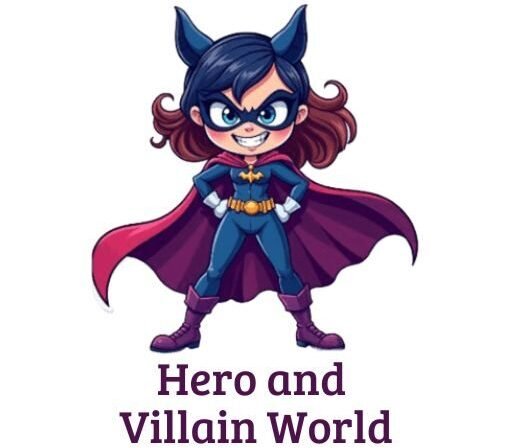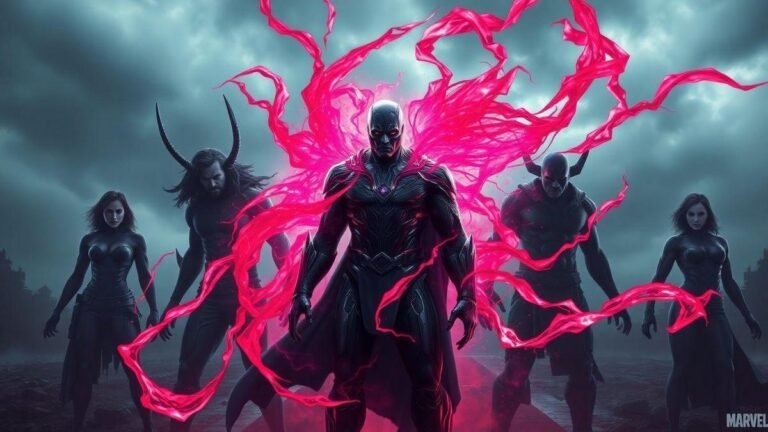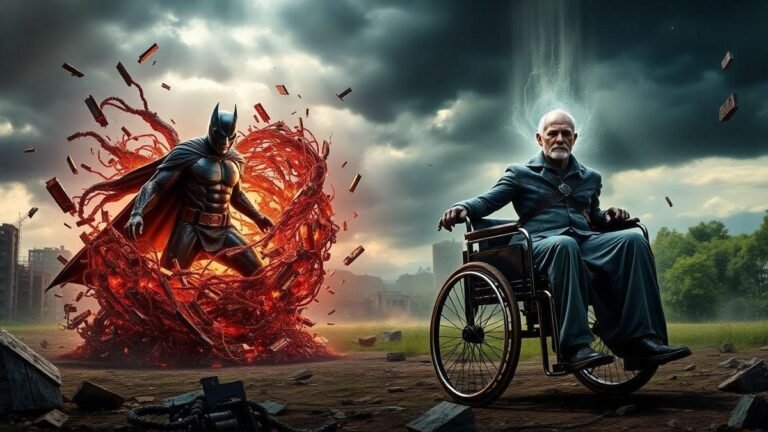The New Teen Titans: Pérez & Wolfman’s Landmark Run That Defined a Generation
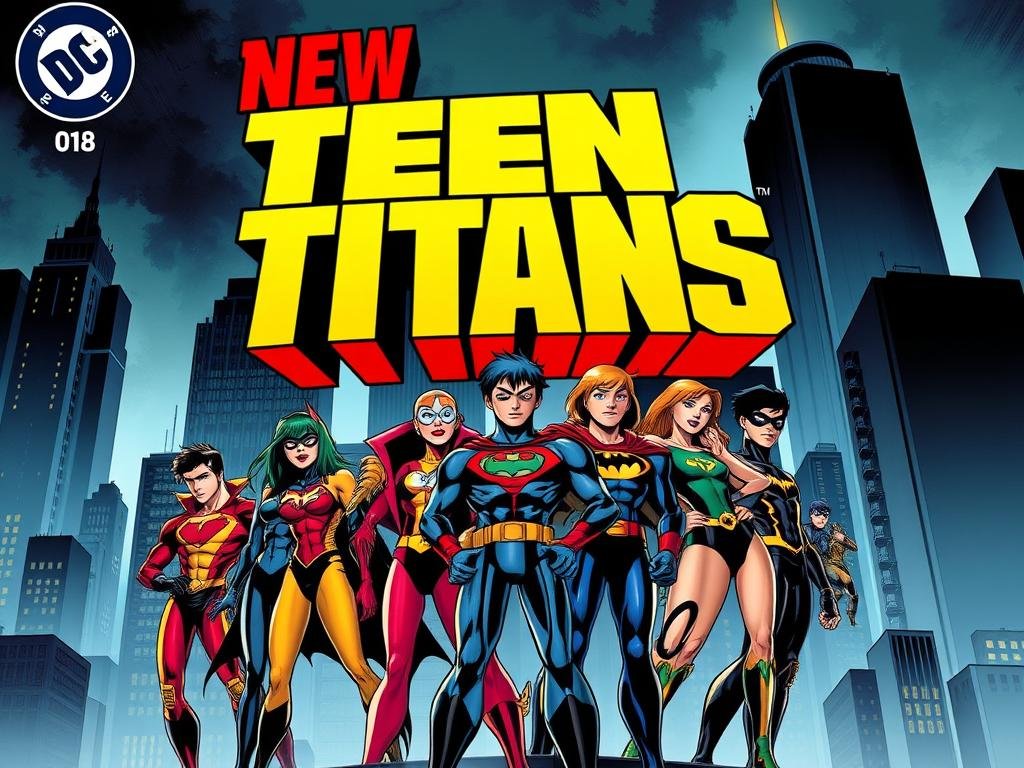
The New Teen Titans: Do you remember the first time a story made you feel like part of something bigger? For me, it was discovering a dog-eared copy of a comic book that redefined what superhero teams could be.
The pages crackled with drama that mirrored real-life struggles—friendships tested, identities forged, and battles that left lasting scars.
In the early 1980s, a struggling series became a blueprint for modern storytelling. A writer and artist duo breathed life into characters who weren’t just sidekicks, but fully realized heroes grappling with adulthood.
Their work didn’t just revive a title—it created a cultural touchstone for readers who craved depth in their escapism.
What made this era so special? It treated superheroes as people first. Relationships felt authentic. Conflicts lingered beyond single issues.
The creative team’s bold choices—like introducing iconic antagonists and permanent consequences—pushed boundaries in ways that still echo through comics today.
I want to unpack how this partnership transformed a niche title into required reading. You’ll see why their approach to character arcs and interconnected storytelling became the standard for team-based narratives.
More importantly, we’ll explore how they made readers care deeply about every victory and heartbreak.
Introduction to the Landmark Run
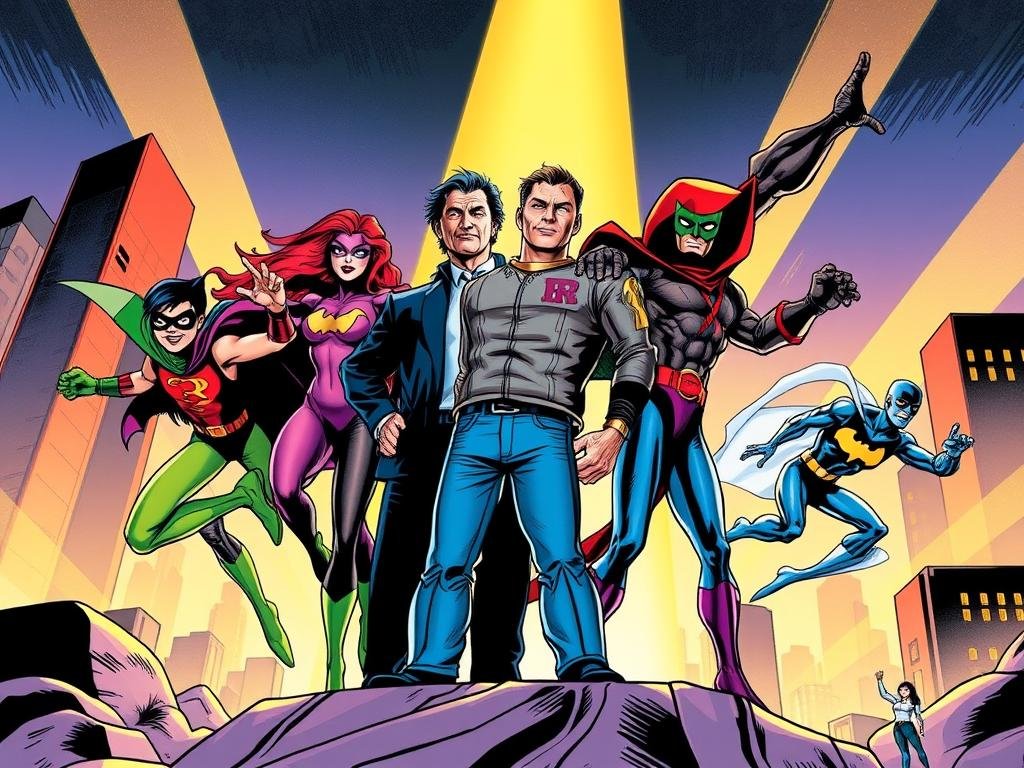
What happens when a writer and artist align perfectly on a vision? You get the 1980 relaunch that turned young heroes into household names.
The creative duo behind this revival crafted stories where personal growth mattered as much as saving the world.
Their first team-up appeared in DC Comics Presents #26, followed by a dedicated monthly title. This wasn’t just another superhero book—it layered emotional depth beneath every punch thrown.
I’ve always admired how they balanced legacy members like Robin with fresh faces such as Cyborg, whose mechanical body hid very human insecurities.
| Creative Approach | Pre-1980s Comics | Wolfman/Pérez Era |
|---|---|---|
| Character Development | Static personalities | Evolving relationships |
| Story Arcs | Single-issue plots | Multi-chapter sagas |
| Themes | Good vs. Evil | Identity & Belonging |
What struck me most was Raven’s introduction. A demonic empath struggling with her heritage felt revolutionary for the time. The creators didn’t shy away from psychological complexity, making readers invest in these characters beyond their powers.
Their secret sauce? Treating superheroics as a backdrop for human drama. Every victory came with personal costs, and losses lingered across issues. This approach transformed the series into required reading for anyone craving substance with their spectacle.
The Origins of the Teen Titans Legacy
Ever wonder how legendary teams find their footing? My dive into comic history reveals that even iconic groups start with humble beginnings. In 1964, three young heroes—Robin, Kid Flash, and Aqualad—joined forces unexpectedly. Their mission?
To stop a weather-wielding menace named Mister Twister in The Brave and the Bold #54. Little did readers know this one-off adventure would spark a legacy.
When Wonder Girl joined the roster a year later, the teen titans series found its core. These characters weren’t just sidekicks—they became friends navigating adolescence while saving the world.
I’ve always admired how early stories tackled real-world issues like racial inequality, making these heroes feel relevant to their time.
Yet success didn’t come easily. The original series faced two cancellations in the 1970s. Each revival tried new members and tones, but something didn’t click.
This rollercoaster history makes the team’s eventual rise even more remarkable—it took decades of experimentation to refine their formula.
What sticks with me most? How those early teen titans stories proved young characters could carry weighty narratives.
Kid Flash’s humor balanced Wonder Girl’s determination, creating dynamics that future creators would expand brilliantly. Their growing pains laid tracks for one of comics’ greatest comebacks.
The Creative Partnership: Pérez & Wolfman
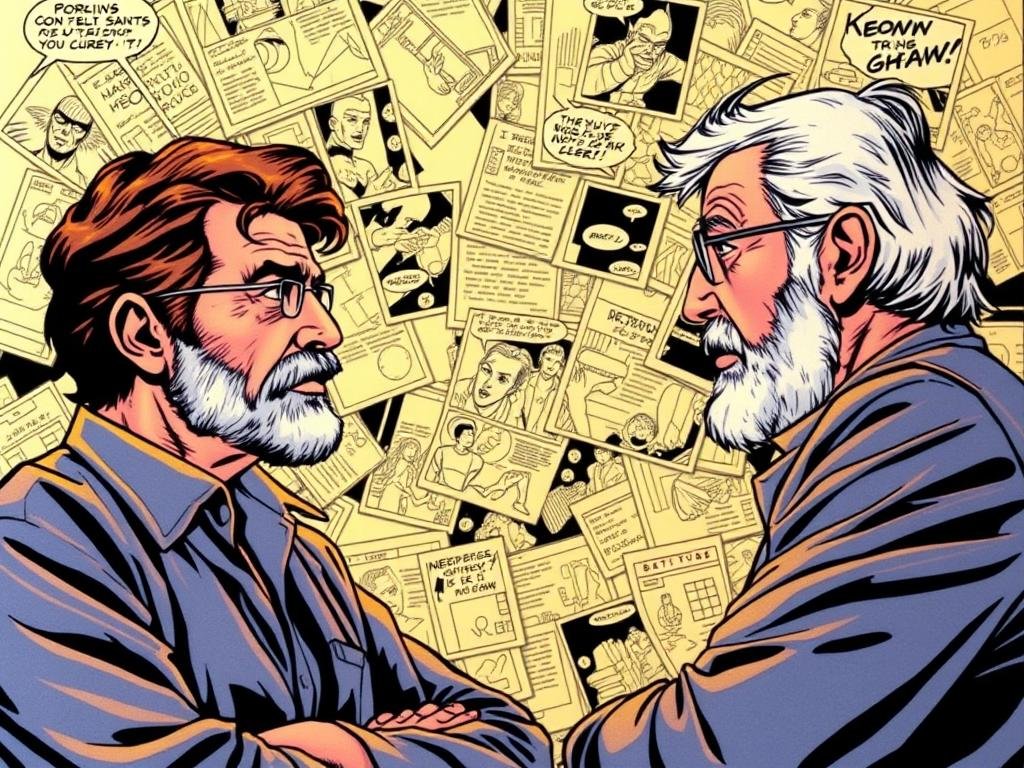
How does creative magic happen? For Marv Wolfman and George Pérez, it began with tuna sandwiches and napkin sketches.
Their five-block proximity turned lunch breaks into story labs, where plot twists competed with pickle spears for table space. This wasn’t just teamwork—it was symbiotic storytelling.
Most writer-artist duos worked separately. Wolfman and Pérez demolished that model. Their process flowed like jazz improvisation: riffing on character motivations between bites, debating panel layouts over coffee refills.
I’ve studied their collaborative notes and found margin doodles that evolved into iconic scenes. The artist’s visual instincts shaped dialogue, while the writer’s emotional beats inspired page compositions.
| Traditional Process | Wolfman/Pérez Method |
|---|---|
| Writer drafts script alone | Co-created storyboards |
| Artist follows rigid panels | Dynamic layouts drove pacing |
| Characters serve plot | Plot serves character growth |
Pérez once described their synergy as “two minds sharing one pencil.” His intricate spreads gave Wolfman’s words room to breathe, while the writer’s knack for humanizing heroes pushed the artist to convey subtle expressions.
This feedback loop birthed moments where a single silent panel could wreck readers—no captions needed.
Their partnership redefined collaborative art. By merging writing and illustration at the blueprint stage, they crafted stories that felt organic rather than manufactured. It’s why their work still resonates—every page whispers, “We built this together.”
Exploring dc new teen titans perez wolfman run
In 1984, comics witnessed a daring publishing gamble. The series split into two concurrent titles—a rare move that prioritized storytelling over sales conventions.
Original stories continued as Tales of the Teen Titans, while a fresh #1 issue launched updated adventures. I’ve always marveled at how this structure let creators experiment without abandoning loyal readers.
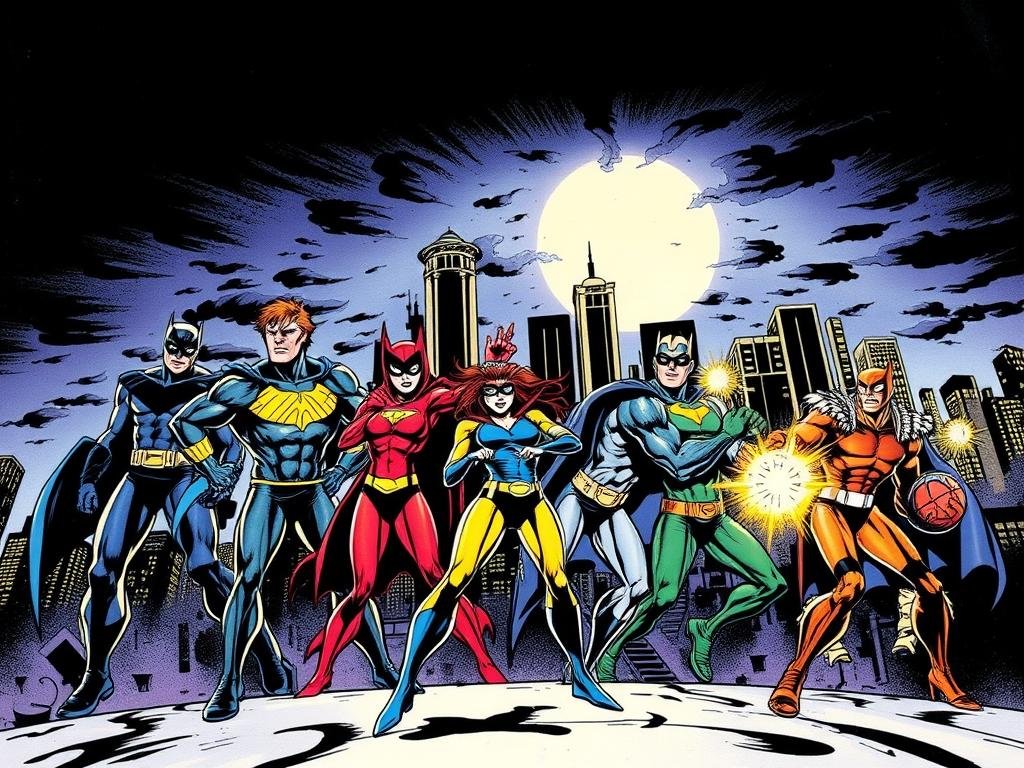
DC’s “hardcover/softcover” initiative became comics’ first premium format test. Collected editions targeted collectors, while monthly issues kept stories accessible.
This dual approach proved fans would support ambitious narratives across formats—a revelation that shaped modern graphic novel culture.
What fascinates me most? Despite title changes and renumbered issues, the storyline flowed seamlessly.
Characters evolved across both series, with Beast Boy’s transition from Doom Patrol outsider to Titan standout showcasing brilliant reinvention. His struggle to belong mirrored readers’ own journeys, making him a fan favorite.
The creative team turned potential confusion into engagement. Readers tracked developments like detectives, connecting threads between annuals and spin-offs.
This loyalty rewarded them with payoffs like the iconic “Judas Contract” finale—a masterclass in long-form storytelling.
Through multiple relaunches, one truth emerged: compelling characters transcend publishing gimmicks. When creators trust their audience’s intelligence, everyone wins.
Key Storylines That Shaped the Titans Era
Some stories cut deeper than others, leaving scars on both characters and readers. The 1980s brought game-changing events that tested heroes in ways fans hadn’t seen before. These stories didn’t just entertain—they rewrote the rules of superhero drama.
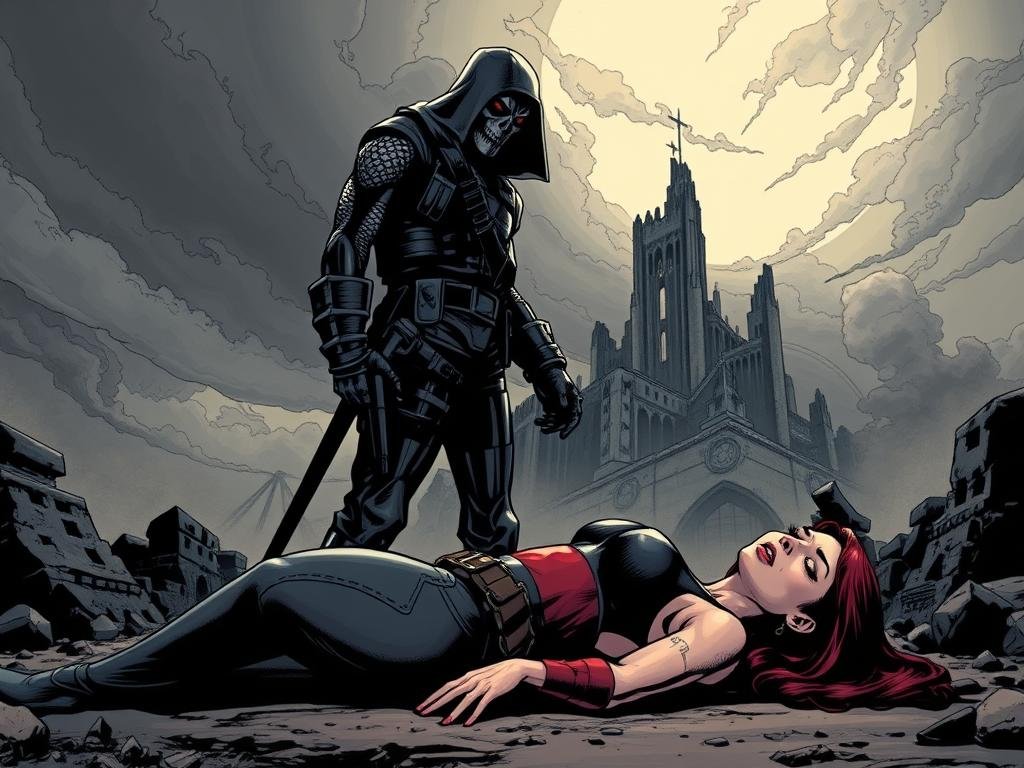
Defining Moments and Plot Twists
Nothing prepared audiences for Terra’s deception in Tales of the Teen Titans. A teenage girl with earth-shattering powers joined the team, hiding sinister intentions.
Her betrayal wasn’t just shocking—it made readers question every future alliance in superhero books.
| Pre-1984 Storytelling | Post-Judas Contract Impact |
|---|---|
| Predictable team dynamics | Permanent trust issues |
| Clear hero/villain lines | Moral ambiguity embraced |
| Reset-button endings | Lasting emotional consequences |
The Pivotal “Judas Contract”
When this storyline won top honors in 1984, it proved comics could rival novels in complexity. I still get chills remembering how Terra’s sweet demeanor masked her cruelty.
The creators made us care before pulling the rug out—a masterclass in emotional manipulation.
Collectors still hunt the 1988 trade paperback, which captures every gut-wrenching panel. This book didn’t just change the team—it taught a generation that even heroes can’t spot every threat. Its DNA lives on in modern tales where loyalty is fragile and redemption isn’t guaranteed.
Evolution of the Team’s Roster and Dynamics
Change became the team’s greatest strength during this era. Watching Robin shed his sidekick identity to become Nightwind felt like witnessing a friend graduate.
This transformation symbolized how the group allowed individuals to outgrow their pasts while maintaining collective purpose.
The arrival of Jericho shifted dynamics in unexpected ways. As Deathstroke’s mute son, his presence forced the heroes to confront moral gray areas.
Could they trust someone tied to their greatest enemy? This tension turned family drama into gripping storytelling fuel.
| Aspect | Before Changes | After Changes |
|---|---|---|
| Leadership Style | Centralized authority | Shared responsibility |
| Conflict Resolution | External threats only | Internal debates & compromises |
| Member Roles | Fixed power sets | Evolving skill combinations |
Stories like “A Day in the Lives…” proved quieter moments could resonate deeply. Seeing the characters navigate laundry day or bad dates made them feel like real people. These slices of life strengthened reader connections more than any cosmic battle.
Wally West’s exit still stings decades later. His choice to leave the team taught me that growth sometimes means walking away. The creators respected their audience enough to let favorite heroes evolve beyond the page—even when it hurt.
Highlights from the “Judas Contract” Storyline
Trust fractures in ways you can’t glue back together. The Judas Contract didn’t just shock readers—it rewired how we view superhero loyalty. This storyline turned allies into ticking time bombs, proving that the sharpest wounds come from within.
Character Betrayals and Shifts
Beast Boy’s green skin couldn’t hide his rage after Terra’s deception. I’ve analyzed panels where his humor vanishes, replaced by courtroom outbursts that tarnish the team’s reputation. His misguided attack on Deathstroke in prison shows how grief warps even the most lighthearted characters.
| Behavior | Pre-Betrayal | Post-Betrayal |
|---|---|---|
| Trust in Allies | Open collaboration | Isolation & suspicion |
| Conflict Resolution | Team discussions | Reckless solo actions |
| Leadership Approach | Supportive banter | Hostile accusations |
The Impact on Team Bonds
What chilled me most wasn’t Terra’s betrayal—it was how her actions poisoned future relationships. Beast Boy’s instant distrust of Jericho reveals how trauma reshapes a character’s instincts. The book forces us to watch friendships unravel like snapped grapple lines.
This storyline taught me that heroism can’t armor-plate hearts. When Beast Boy confides only in his enemy, we see the true cost of broken trust. It’s a masterclass in showing how teams rebuild—or crumble—when their foundation cracks.
Behind the Scenes: Writing
Behind every iconic story lies a mountain of discarded ideas. I’ve always marveled at how the creative process transforms coffee-stained napkins into timeless scenes.
Early interviews reveal the duo’s method: Wolfman drafted dialogue while Pérez sketched expressions, ensuring words and visuals amplified each other’s impact.
Their character bios read like therapy sessions. Raven’s internal conflict wasn’t just demonic—it mirrored real human struggles with inherited trauma. Notebooks show crossed-out subplots where Cyborg nearly quit the team, proving even beloved arcs had alternate paths.
What truly set this era apart? The writers treated fight scenes as emotional crucibles. A punch wasn’t just action—it exposed buried resentments or unspoken fears. This approach forced characters to grow through conflict rather than despite it.
Their collaboration redefined teamwork in storytelling. By valuing authenticity over easy resolutions, they crafted tales that still teach creators how to balance spectacle with soul.
FAQ
Q: How did this creative team’s work impact the comic industry?
A: I believe Marv Wolfman and George Pérez redefined team dynamics by blending emotional depth with action. Their focus on personal struggles made heroes relatable, setting a blueprint for modern character-driven storytelling.
Q: What makes the “Judas Contract” storyline so iconic?
A: The betrayal in “Judas Contract” shocked readers by turning a trusted ally into a villain. It reshaped the team’s trust issues and introduced complex themes like manipulation, making it a turning point in superhero comics.
Q: Were characters like Beast Boy or Wonder Girl part of this era?
A: Yes! Garfield Logan (Beast Boy) and Donna Troy (Wonder Girl) were central figures. Their evolving relationships and growth added layers to the group’s dynamic, balancing humor and heartache perfectly.
Q: Did this run influence other media adaptations?
A: Absolutely. The animated series Young Justice and Teen Titans drew heavily from Wolfman and Pérez’s characterizations. Terra’s arc, for example, mirrors her tragic role in “Judas Contract.”
Q: Why is Kid Flash’s involvement significant here?
A: Wally West’s transition from Kid Flash to a leadership role highlighted maturity. His struggles with identity mirrored real-life challenges, bridging the gap between sidekicks and standalone heroes.
Q: How did the art style enhance the storytelling?
A: George Pérez’s detailed panels and expressive faces brought emotional weight to every scene. His ability to juggle large casts without losing clarity made battles and quiet moments equally gripping.
Q: Were there any crossovers with major DC events?
A: The team played a key role in Crisis on Infinite Earths, which Pérez also co-wrote. Their involvement tied their personal journeys to universe-altering stakes, deepening the series’ legacy.
